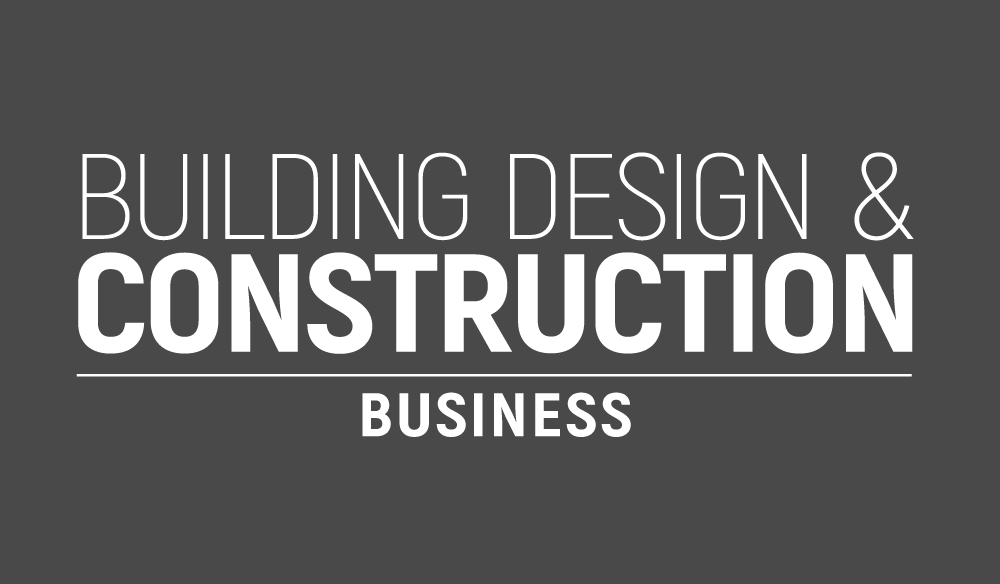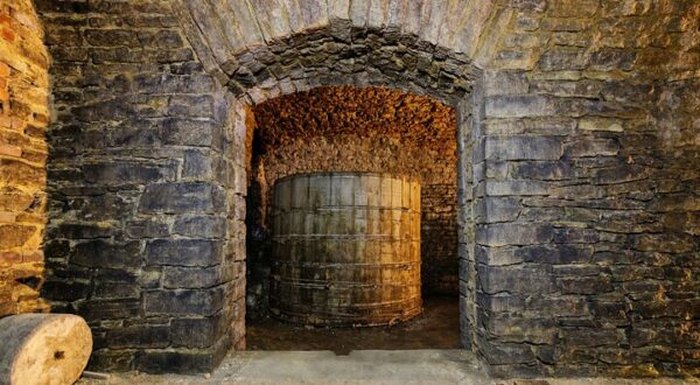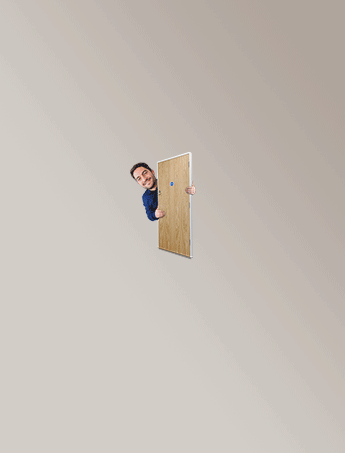Digital billboards have become increasingly popular in recent years due to their ability to capture the attention of passersby and convey information in a dynamic and engaging way. While these billboards are often associated with large outdoor displays and advertising campaigns, they can also be used in more unconventional ways, such as on scaffolding and building facades. The Power of Digital Billboards Digital billboards have revolutionized the advertising industry by providing a dynamic and eye-catching way to display content. These billboards are becoming increasingly popular due to their ability to grab the attention of passersby and deliver a message effectively. In this section, we will discuss the power of digital billboards and how they can be used to enhance advertising impact, expand market scope, improve technology and performance, and enable customized communication. 1. Advertising Impact Digital billboards have a significant impact on advertising due to their ability to display high-quality images and videos. These billboards can be used to create a sense of urgency, highlight promotions, and showcase products and services. They are also effective in creating brand awareness and building customer loyalty. Digital billboards can be used to target specific audiences and demographics, making them a powerful tool for advertisers. 2. Market Scope Digital billboards have expanded the market scope for advertisers by providing a platform for advertising in areas that were previously not accessible. These billboards can be placed in high-traffic areas such as busy streets, highways, and public transportation hubs, providing exposure to a large number of people. They also have the ability to display multiple advertisements, making them a cost-effective solution for advertisers. 3. Technology and Performance Digital billboards use advanced technology to deliver high-quality content to viewers. They are equipped with LED lights that provide bright and vibrant colors, making them visible even in bright sunlight. They also have the ability to display content in real-time, making them ideal for displaying time-sensitive information such as traffic updates and weather forecasts. Digital billboards are also energy-efficient, reducing the environmental impact of advertising. 4. Customized Communication Digital billboards enable advertisers to communicate with their target audience in a customized and personalized way. They can be used to display content that is relevant to the viewer, such as location-based advertisements and personalized messages. Digital billboards can also be used to interact with viewers, such as through social media integration and interactive content. Digital Billboards for Scaffoldings Digital billboards have become increasingly popular in recent years, not only for traditional advertising but also for displaying artwork, public service announcements, and other types of content. One area where digital billboards have proven particularly useful is on scaffolding structures during construction or renovation projects. In this section, we will explore the benefits of using digital billboards for scaffoldings, as well as some of the challenges that must be overcome during the installation process. Structural Integration One of the primary advantages of using digital billboards on scaffoldings is the ease of structural integration. The lightweight and modular design of digital billboards allows them to be easily mounted onto scaffolding structures, without requiring any major modifications to the underlying framework. This means that digital billboards can be quickly and easily installed, and can be removed just as easily once the project is complete. Installation Process The installation process for digital billboards on scaffoldings is relatively straightforward. The first step is to ensure that the scaffolding structure is stable and secure, and that all necessary safety precautions have been taken. Once this has been done, the digital billboard can be mounted onto the scaffolding using a variety of different mounting systems, depending on the design and specifications of the billboard. In some cases, it may be necessary to install additional support structures or brackets to ensure that the billboard is securely anchored to the scaffolding. Engineering Challenges While the installation process for digital billboards on scaffoldings is relatively simple, there are some engineering challenges that must be overcome in order to ensure that the billboard is safe and secure. One of the main challenges is wind load, which can cause the billboard to sway or even detach from the scaffolding in high winds. To prevent this, digital billboards must be designed to withstand the wind loads that are typical for the area where they will be installed. This may require additional bracing or reinforcement, as well as careful consideration of the billboard’s size and weight. Digital Billboards for Building Facades Digital billboards have become a popular choice for building facades due to their versatility, high resolution, and dynamic content. They offer a unique way to enhance the aesthetic appeal of buildings while also providing an effective advertising platform. In this section, we will discuss the architectural compatibility, dimensional aspects, and urban impact of digital billboards for building facades. Architectural Compatibility One of the most significant advantages of digital billboards is their compatibility with various architectural styles. They can be seamlessly integrated into modern, contemporary, and traditional buildings without compromising their aesthetic appeal. Digital billboards can be designed to match the color, texture, and material of the building facade, making them appear like a natural extension of the structure. Because most digital billboards are built with modular LED panels, they can also be customized to fit irregularly shaped facades, making them an ideal choice for buildings with unique architectural designs. Dimensional Aspects Digital billboards offer a wide range of dimensional aspects, making them suitable for buildings of different sizes and shapes. They can be designed to fit small, medium, and large facades, and can also be customized to fit curved or irregularly shaped buildings. Digital billboards can be installed as a single panel or as a series of panels, depending on the size and location of the building. They can also be designed to be freestanding, allowing them to be used as standalone structures. Urban Impact Digital billboards have a significant impact on the urban landscape. They can transform the appearance of buildings, making them stand out in the cityscape. They can also be














